Get Free Solar Panel Quotes
Find out how much solar panels would cost you
Do you need solar panels for your home or business? Fill in our form - Get a free quote - Start saving on energy bills
Why get solar panels?
- Generate free, green electricity
- Reduce your electricity bill by up to 64%
- Get paid for what you don't use
As featured in: 


Solar Panels
Power your home with energy from the sun, and get paid for the energy you don’t use.

The complete guide to ground-mounted solar panels
If you have the space, ground-mounted solar panels can be very efficient. However, they require a lot of space to install and can be very expensive.
-
 Solar panel financing: How to finance your solar panel installation If you aren’t eligible for government grants, consider looking into a loan or solar finance. But remember, this isn’t an option for everyone.
Solar panel financing: How to finance your solar panel installation If you aren’t eligible for government grants, consider looking into a loan or solar finance. But remember, this isn’t an option for everyone. -
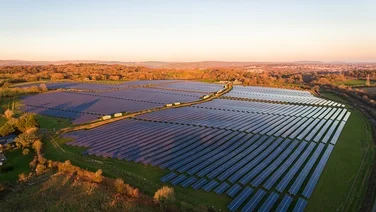 The pros and cons of solar panels Thinking of getting solar panels? Check out our guide to the key pros and cons of solar panels (including energy bill savings) and compare quotes today.
The pros and cons of solar panels Thinking of getting solar panels? Check out our guide to the key pros and cons of solar panels (including energy bill savings) and compare quotes today. -
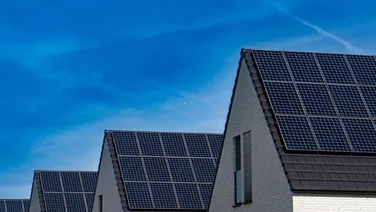 How much power do solar panels provide in the UK? Use our free online solar panel output calculator to see how much electricity you could produce each year with a solar panel system.
How much power do solar panels provide in the UK? Use our free online solar panel output calculator to see how much electricity you could produce each year with a solar panel system. - recommended
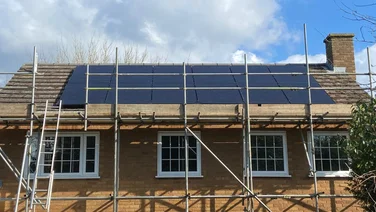 Solar4Good review: A rising star with a focus on customer service Is Solar4Good the best solar panel installer for your switch to solar? Read our in-depth review of this UK company.
Solar4Good review: A rising star with a focus on customer service Is Solar4Good the best solar panel installer for your switch to solar? Read our in-depth review of this UK company. - recommended
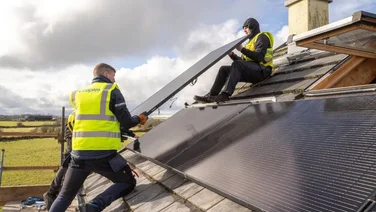 Our pick of the 6 best solar panel installers in Ireland today Using criteria including experience, pricing and customer feedback, we reveal the six best solar panel installers working in Ireland today
Our pick of the 6 best solar panel installers in Ireland today Using criteria including experience, pricing and customer feedback, we reveal the six best solar panel installers working in Ireland today -
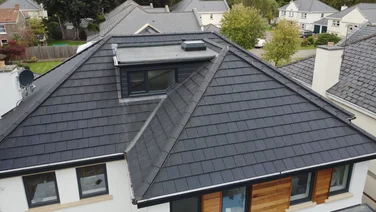 A guide to solar roof tiles for your home Solar tiles are typically at least twice as expensive as solar panels. We'll help you work out if they're worth it for your home.
A guide to solar roof tiles for your home Solar tiles are typically at least twice as expensive as solar panels. We'll help you work out if they're worth it for your home. -
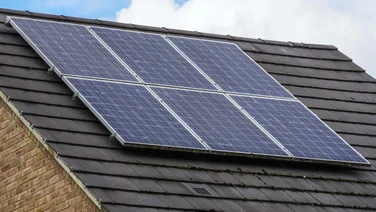 The complete guide to solar panels in Manchester Here's how much solar panels cost in Manchester, how the weather affects your output, and what government grants are available to you.
The complete guide to solar panels in Manchester Here's how much solar panels cost in Manchester, how the weather affects your output, and what government grants are available to you. -
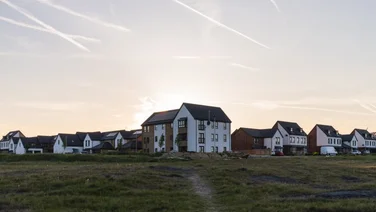 The complete guide to solar panels in Sheffield Solar panels are worth it in Sheffield. Here's how much they cost, how the weather affects them, and all the government grants available.
The complete guide to solar panels in Sheffield Solar panels are worth it in Sheffield. Here's how much they cost, how the weather affects them, and all the government grants available. -
 Solar panels in Leeds: are they worth it? Here's everything you need to know about installing solar panels in Leeds, from costs to installation processes and what funding is available.
Solar panels in Leeds: are they worth it? Here's everything you need to know about installing solar panels in Leeds, from costs to installation processes and what funding is available.